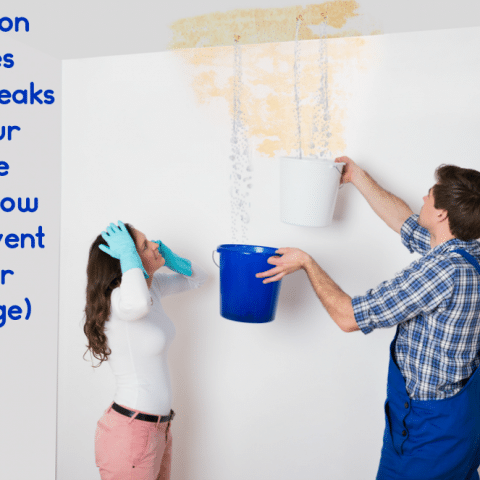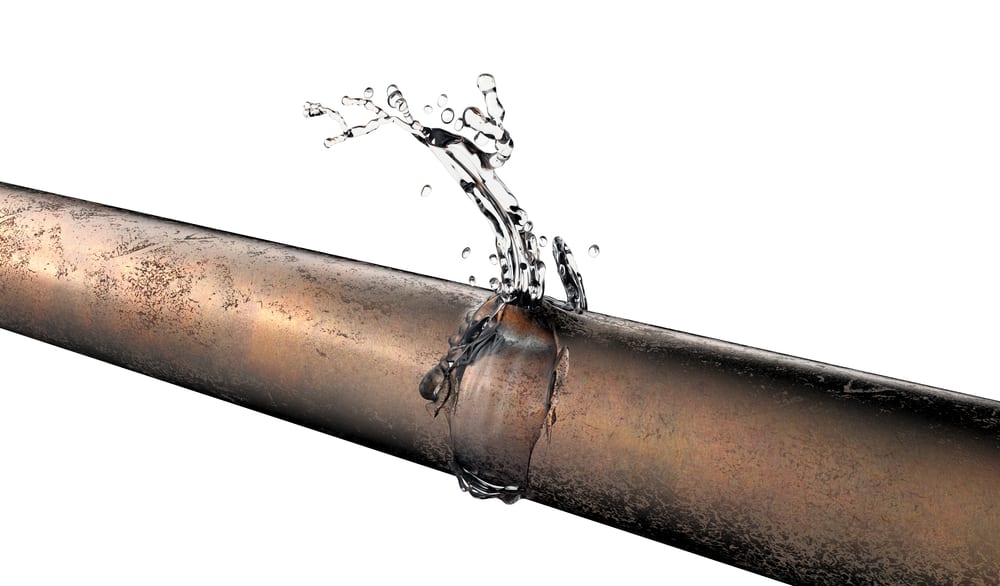Just how to Find and Repair Service Water Leaks-- A Comprehensive Guide
Just how to Find and Repair Service Water Leaks-- A Comprehensive Guide
Blog Article
Here down the page you can get lots of professional answers pertaining to Detecting hidden plumbing leaks.

Early detection of leaking water lines can alleviate a possible catastrophe. Some tiny water leaks might not be visible.
1. Examine the Water Meter
Every home has a water meter. Checking it is a guaranteed way that aids you find leaks. For beginners, turn off all the water resources. Make sure no person will purge, make use of the tap, shower, run the cleaning maker or dishwasher. From there, go to the meter and also watch if it will alter. Considering that nobody is utilizing it, there should be no motions. That suggests a fast-moving leakage if it relocates. Likewise, if you identify no changes, wait an hour or more as well as inspect back once again. This implies you might have a slow-moving leak that might also be underground.
2. Examine Water Consumption
Analyze your water expenses and also track your water consumption. As the one paying it, you must discover if there are any kind of discrepancies. If you spot sudden changes, regardless of your usage being the same, it suggests that you have leaks in your plumbing system. Bear in mind, your water bill should drop under the same variety every month. A sudden spike in your costs suggests a fast-moving leak.
At the same time, a stable boost each month, despite having the exact same habits, shows you have a sluggish leakage that's also slowly escalating. Call a plumber to completely examine your home, especially if you really feel a cozy area on your floor with piping beneath.
3. Do a Food Coloring Test
When it comes to water consumption, 30% comes from bathrooms. If the color in some way infiltrates your bowl throughout that time without flushing, there's a leakage between the container and dish.
4. Asses Outside Lines
Don't fail to remember to inspect your outside water lines as well. Ought to water seep out of the link, you have a loosened rubber gasket. One small leakage can lose tons of water and also increase your water costs.
5. Assess the situation as well as examine
House owners need to make it a behavior to inspect under the sink counters and also also inside closets for any type of bad odor or mold growth. These two warnings indicate a leakage so prompt focus is needed. Doing regular examinations, even bi-annually, can conserve you from a significant issue.
Inspect for discolorations and weakening as many appliances and also pipes have a life expectations. If you suspect leaking water lines in your plumbing system, do not wait for it to intensify.
Early discovery of dripping water lines can reduce a potential disaster. Some small water leaks might not be visible. Checking it is a proven means that assists you find leakages. One tiny leak can throw away lots of water and also surge your water expense.
If you believe dripping water lines in your plumbing system, do not wait for it to escalate.
How to Know If Your Home Has a Hidden Leak
Water Meter Reveals Inexplicable Water Usage
If you’d like to test whether or not there’s a leak somewhere in your home, you can do this using your water meter. Here is how to conduct the test:
Don’t use any water in your home for at least 30 minutes; this also means not turning on faucets or water-using appliances.
Go outside, and check your water meter for activity.
If your water meter shows that there was activity, even though no one was using any water, this proves that there is a leak in your home.Visible Mold or Mildew Growth
Leaks behind walls create moist, dark environments that allow mold and mildew to grow and thrive. Eventually, you might see mold growth forming on the wall closest to a hidden leak.
If mold is growing in an area that receives a high amount of moisture, such as a bathroom, it may simply be an indication that better ventilation is needed. However, if you see mold growth on a wall or the ceiling in an area where you would not expect, you probably have a hidden leak.
Musty, Mildew Odor
Sometimes you might not be able to see the mold or mildew that is growing as a result of a leak. However, the smell can give the problem away just as easily. If you catch a whiff of something musty, there’s a good chance that old water is collecting somewhere in your home that you can’t see.
Stained/Warped Walls, Ceilings, or Floors
When your home soaks up water, a variety of red flags can become visible, including ceiling stains, bubbling drywall, warped walls, and sagging floors. While these issues can be caused by excess humidity, they can also be signs that a pipe or plumbing connection has started leaking behind your walls.
Inexplicably High Water Bill
After a while, you get a general sense for what your water bill should be. If you own a pool or sprinkler system, your bill will tend to be higher during summer. However, if you receive a water bill that seems especially high, and you can’t figure out what caused it, then you may have a hidden leak somewhere that’s increasing your bill.
https://www.plumbingjoint.com/blog/2019/july/how-to-know-if-your-home-has-a-hidden-leak/

Hopefully you enjoyed our post on Finding hidden leaks. Thanks for finding the time to browse our blog post. Are you aware of anybody else who is fascinated by the subject? Please feel free to promote it. Thanks so much for going through it.
Report this page